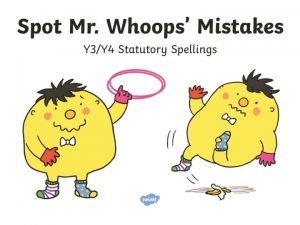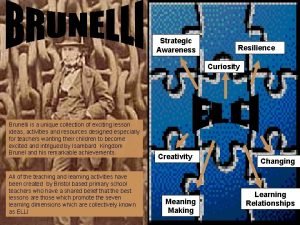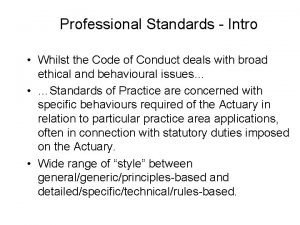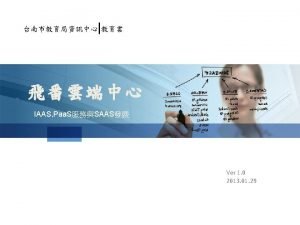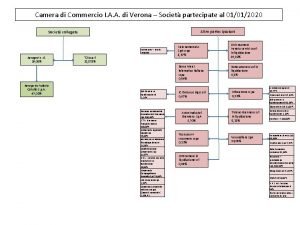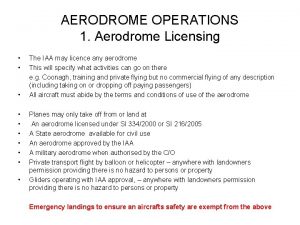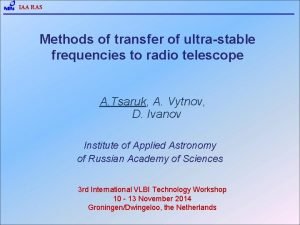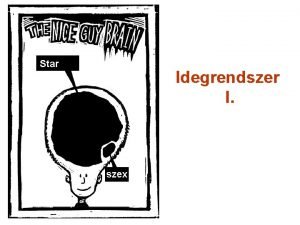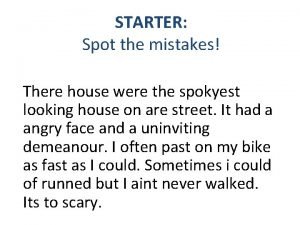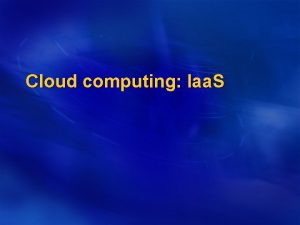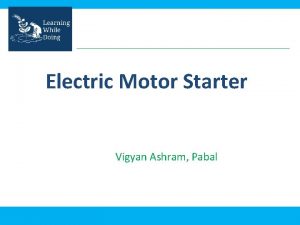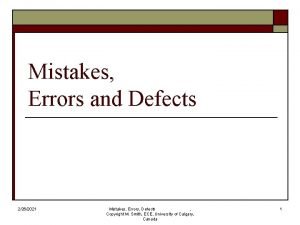Starter Spot the mistakes IAA is a plant












- Slides: 12

Starter Spot the mistakes… IAA is a plant growth factor. It is produced in all cells throughout the shoots and roots. Shoots are negatively phototropic. When they are exposed to unilateral light the tip of the shoot detects this and causes the shaded side of the shoot to produce more IAA. This higher concentration of IAA inhibits cell elongation by actively transporting H ions from the cytoplasm, making the cell wall less plastic. The cells on the illuminated side of the plant grow faster than the shaded side so the shoot grows towards the light.

IAA is a plant growth factor. It is produced in all cells throughout the shoots and roots. Shoots are negatively phototropic. When they are exposed to unilateral light the tip of the shoot detects this and causes the shaded side of the shoot to produce more IAA. This higher concentration of IAA inhibits cell elongation by actively transporting H ions from the cytoplasm, making the cell wall less plastic. The cells on the illuminated side of the plant grow faster than the shaded side so the shoot grows towards the light.

Reflex Arcs • How a simple reflex arc work • The names of the neurones involved • The evolutionary benefit of reflex arcs

Reflex Actions • Quick responses to sensory stimuli that are involuntary • e. g. pulling hand away from a hot surface • Reflexes only involve three neurones • One of these is in the spinal cord – spinal reflex • The pathway is described as a reflex arc

Advantages of Reflex Actions • Do not involve the brain so it is not overloaded with situations where the response is always the same • Do not have to be learnt so protect us from birth • They are fast – short pathway with only one or two synapses with no decision making needed

Organisation of the nervous system

Peripheral Nervous System • Sensory neurones – these carry impulses from receptors to the CNS • Motor neurones – these carry impulses from the CNS to effectors (muscles or glands)

The Spinal Cord • Column of nervous tissue inside the vertebrae for protection • At regular intervals, pairs of nerves emerge from the spinal cord • Nerves are bundles of nerve cells called neurones

A reflex arc Stimulus Receptor Sensory neurone Intermediate neurone Motor neurone Effector Response

Order the following statements to describe a typical spinal reflex • A motor neurone carries an impulse from the spinal cord to the arm muscle • The skin makes contact with the stimulus • The effector is stimulated to contract • A sensory neurone carries an impulse from the receptor to the spinal cord • The hand moves away from the hot object. This is the response. • An intermediate neurone (coordinator) links the sensory neurone to a motor neurone through the spinal cord • Receptors in the skin convert energy from the stimulus into electrical energy

A typical spinal reflex • The skin makes contact with the stimulus • Receptors in the skin convert energy from the stimulus into electrical energy • A sensory neurone carries an impulse from the receptor to the spinal cord • An intermediate neurone (coordinator) links the sensory neurone to a motor neurone through the spinal cord • A motor neurone carries an impulse from the spinal cord to the arm muscle • The effector is stimulated to contract • The hand moves away from the hot object. This is the response.

